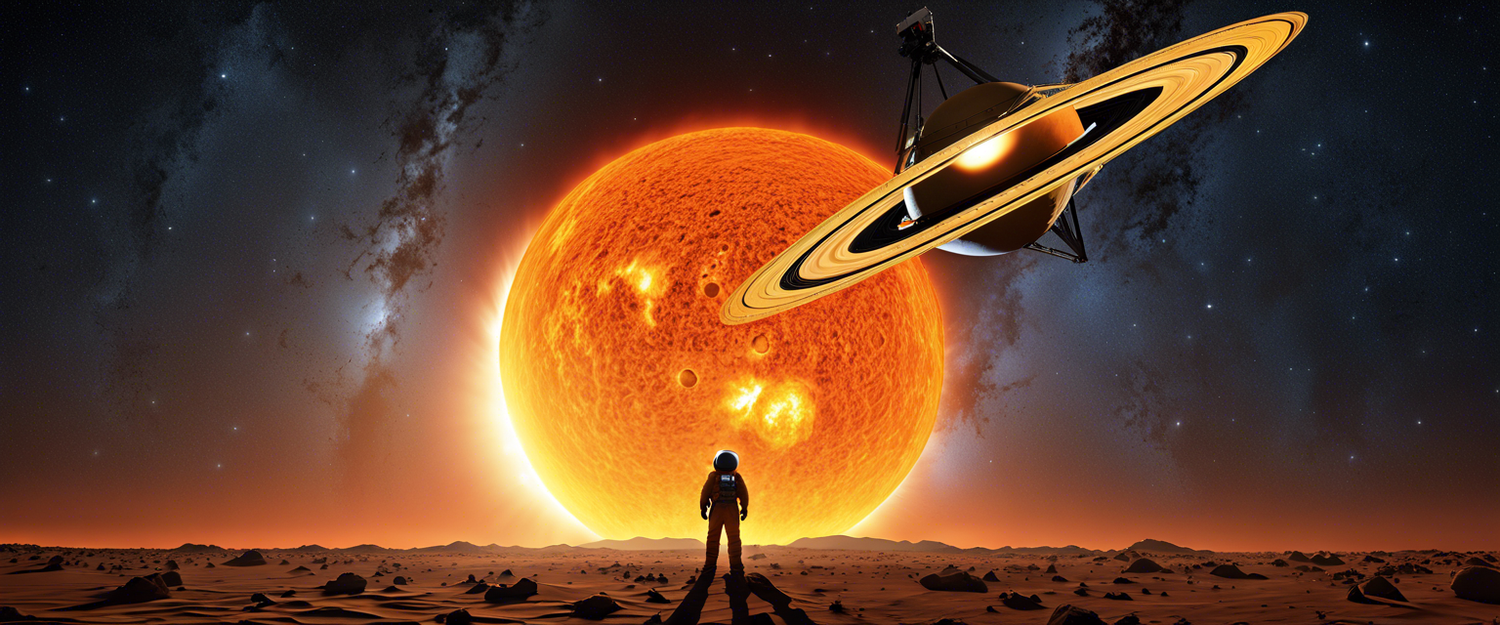The Parker Solar Probe: A Historic Journey to the Sun
NASA's Parker Solar Probe has achieved a remarkable milestone by traveling just 3.8 million miles from the surface of the Sun, marking the closest any human-made object has ever approached our star. The probe successfully transmitted a signal back to Earth indicating it’s in good health and operating normally. This groundbreaking event occurred on the night of December 26th, following its close approach on December 24th.
Mission Overview
The Parker Solar Probe, launched on December 20th, reached its closest point to the Sun while traveling at an astonishing speed of 430,000 miles per hour. During this time, mission operations lost contact as the probe was navigating through the harsh environment surrounding our Sun. Despite the lack of communication, the excitement surrounding this mission was palpable.
Significance of the Close Flyby
The primary goal of the Parker Solar Probe is to provide crucial information about the Sun's behavior, particularly in relation to solar wind, solar heat, and the acceleration of energetic particles. After this successful flyby, NASA anticipates receiving detailed telemetry data from the probe on January 1st, which will enhance our understanding of these celestial phenomena.
Understanding the Sun's Corona
One of the key objectives of the Parker Solar Probe is to decode why the Sun's corona, the outer layer of its atmosphere, is significantly hotter than its surface. To protect itself from intense heat, the probe is equipped with a specialized Sun-facing heat shield capable of withstanding temperatures up to 2,500 degrees Fahrenheit. In contrast, the interior of the probe remains at a comfortable 85 degrees Fahrenheit, showcasing the advanced engineering behind this mission.
Future Missions and Scientific Contributions
The Parker Solar Probe, a collaboration between NASA and the Johns Hopkins Applied Physics Laboratory, was launched in 2018. Its ongoing missions are set to provide invaluable insights into solar activity, helping to advance our understanding of how solar mechanisms drive space weather that can impact Earth and its technological systems.
Conclusion
The successful flyby of the Parker Solar Probe marks a new chapter in solar exploration. As scientists eagerly await the telemetry data, the mission is poised to unfold new revelations about our Sun, enhancing our knowledge and potentially aiding in safeguarding technology from solar storms.
Further Exploration
To dive deeper into the findings of the Parker Solar Probe and other space missions, consider following NASA's official website and its social media channels for the latest updates and discoveries.



Laat een reactie achter
Alle reacties worden gemodereerd voordat ze worden gepubliceerd.
Deze site wordt beschermd door hCaptcha en het privacybeleid en de servicevoorwaarden van hCaptcha zijn van toepassing.